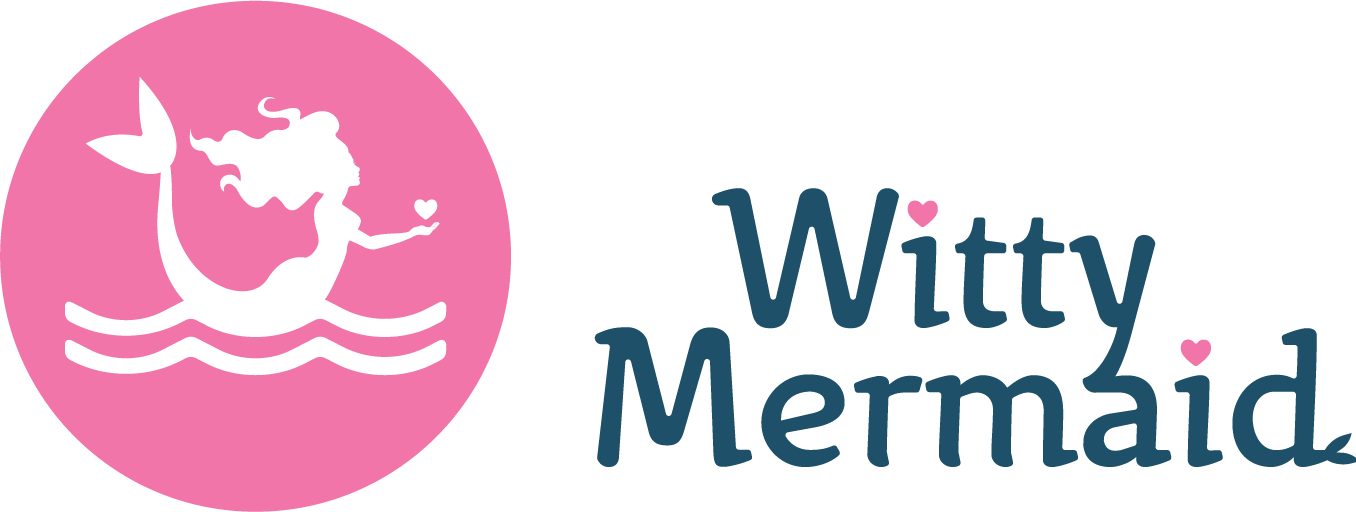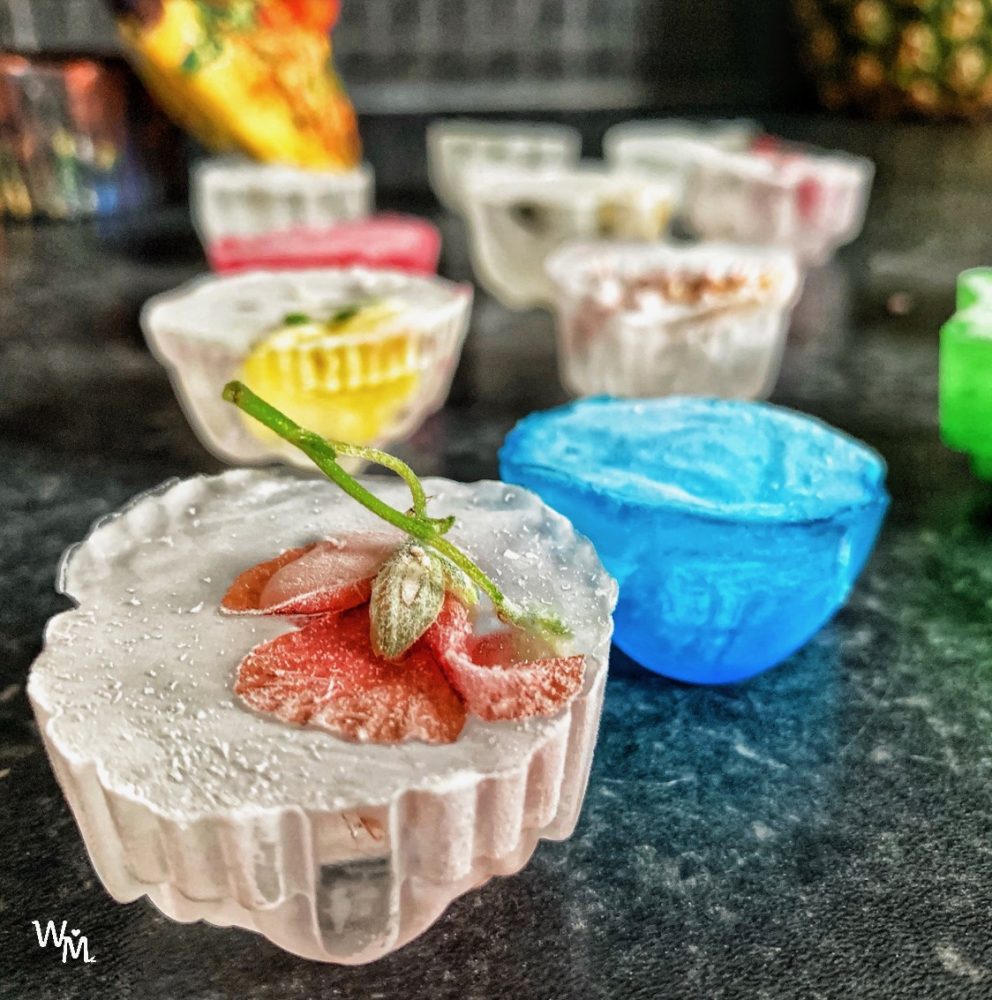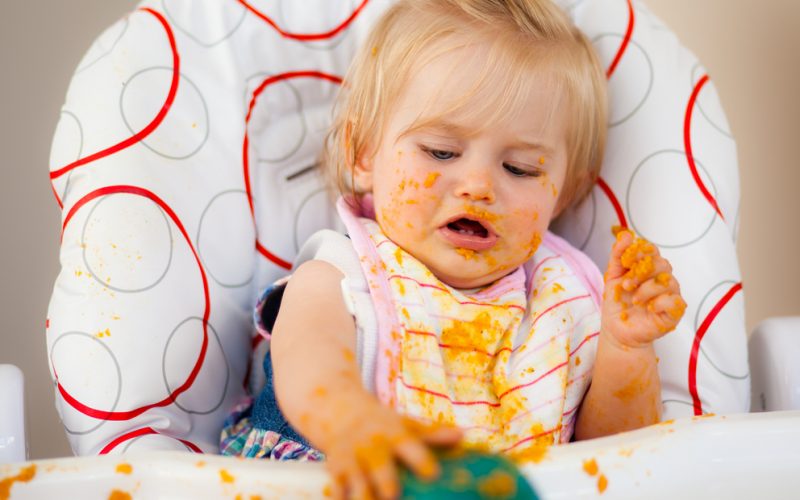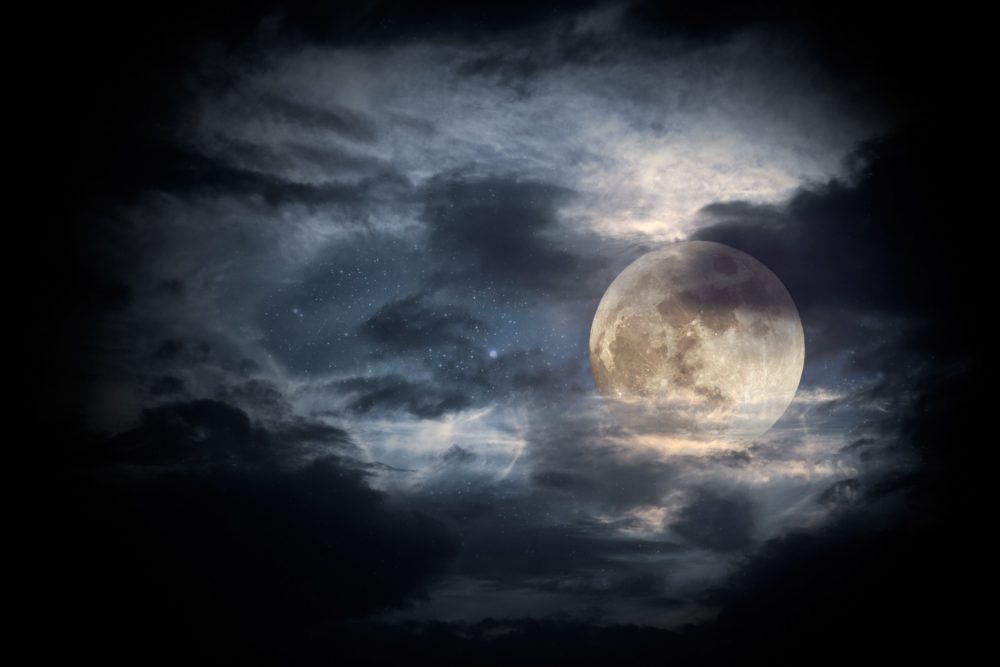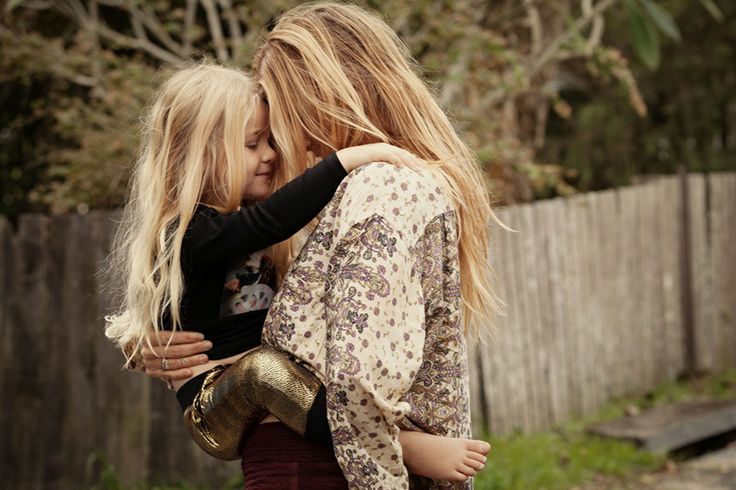Child curiosity knows no boundaries. It feels so good exploring with and broadening the horizons of my wee one whenever she comes to me with sparkling from excitement and hunger for new knowledge eyes.
Feeding this hunger for new things and experiences, we often perform various experiments at home, cook together, draw with hands or create cards made of sequins, autumn leaves and pinecones. There are so many super fun and educational activities for making weekends with the kids colorful, memorable and exciting. Today, I’m sharing with you our science experiment from last Saturday involving plenty of ice, few colors and lots of fun.
Actually, it all started with Mia picking one daisy in the backyard. She gave it to me as a precious gift. And then, I thought that maybe we can do something with it. For a long time I wanted to make an ice experiment and now holding this daisy in my hand I got an idea of putting small blossoms in the ice and observing them in cold and warm environments.
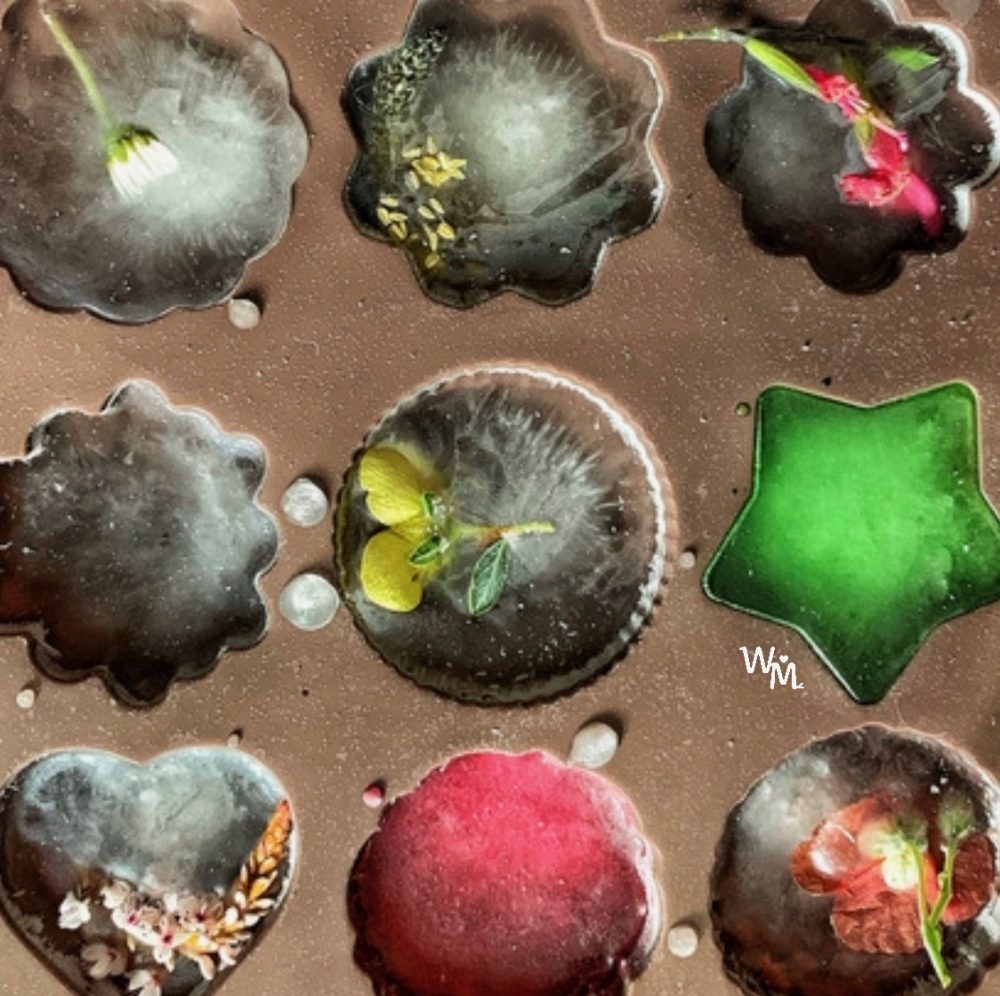
ICE EXPERIMENT
We put some water in our candy moulds (12pcs). In some of the them we dropped small blossoms and leaves, and in others we put food coloring. We left them in the freezer overnight, and in the morning we stepped into the role of scientists.
The purpose of our experiment was to check for how many minutes the ice will melt under different temperature conditions. We chose to track the melting process at a room temperature, in a refrigerator and on the stove.
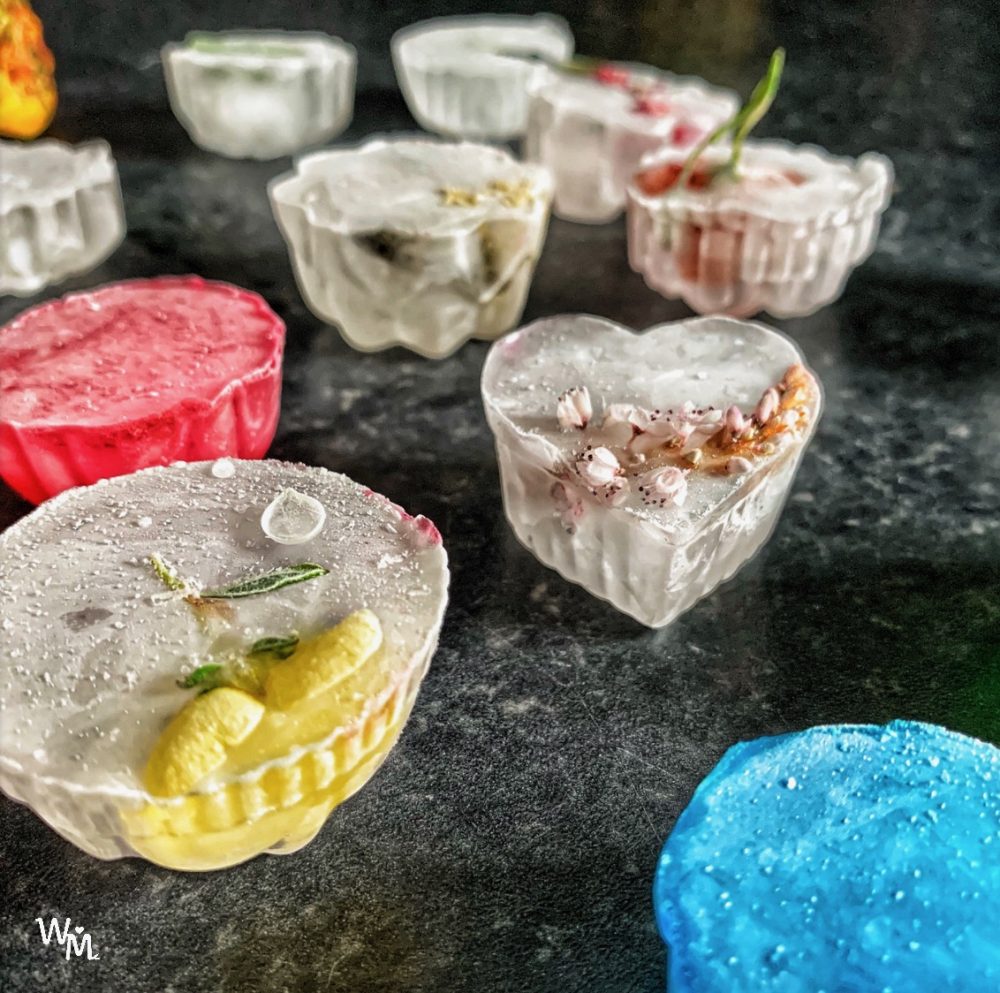
GOAL OF THE EXPERIMENT
We put one colorful ice in a pan on the stove, one in a bowl in the living room and one in a bowl in the fridge. Then, we set the timer on. The ice cubes with the flowers inside we put in a large tray in the living room and started exploring and playing with them. Mia had so much fun feeling the ice on her skin, playing with the melting water and observing the blossoms.
An interesting discovery of our experiment, was that even though we were playing and touching the ice with the blossoms inside, it melted slower than the ice with the food coloring in the bowl next to us that we simply observed from distance.
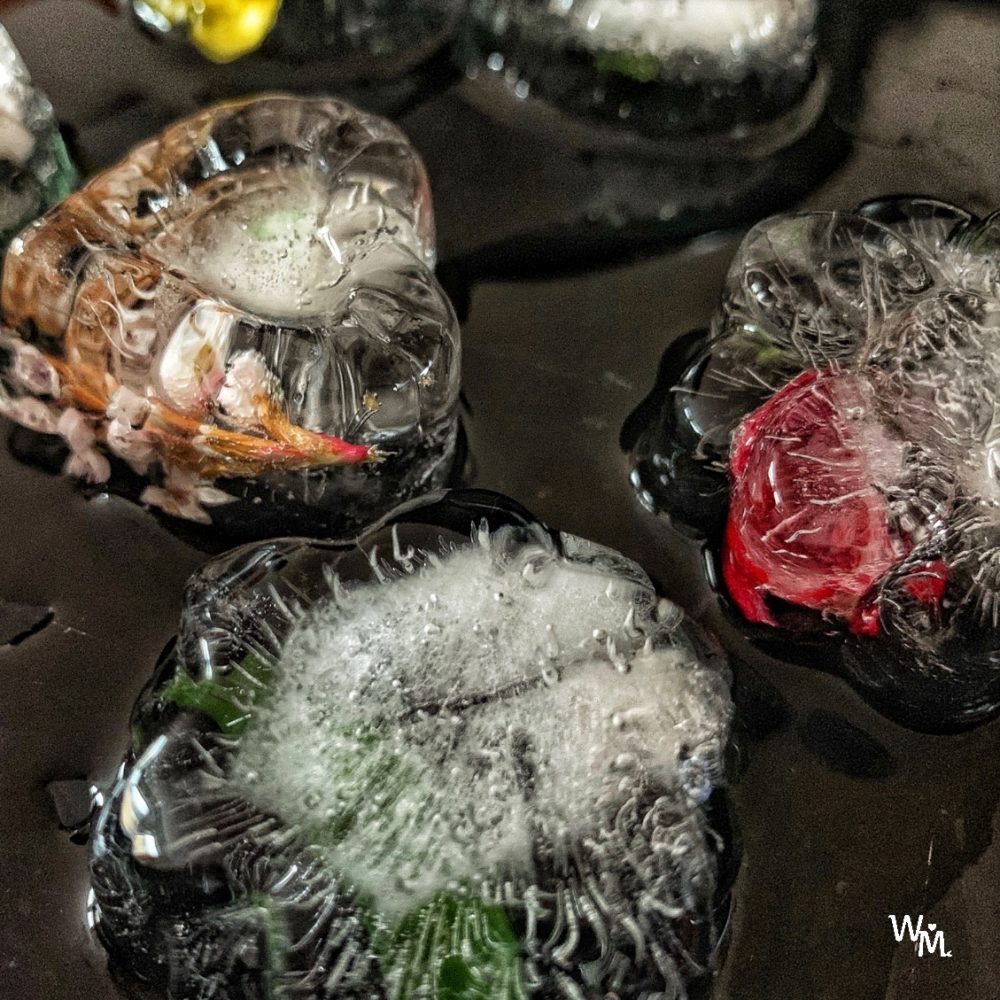
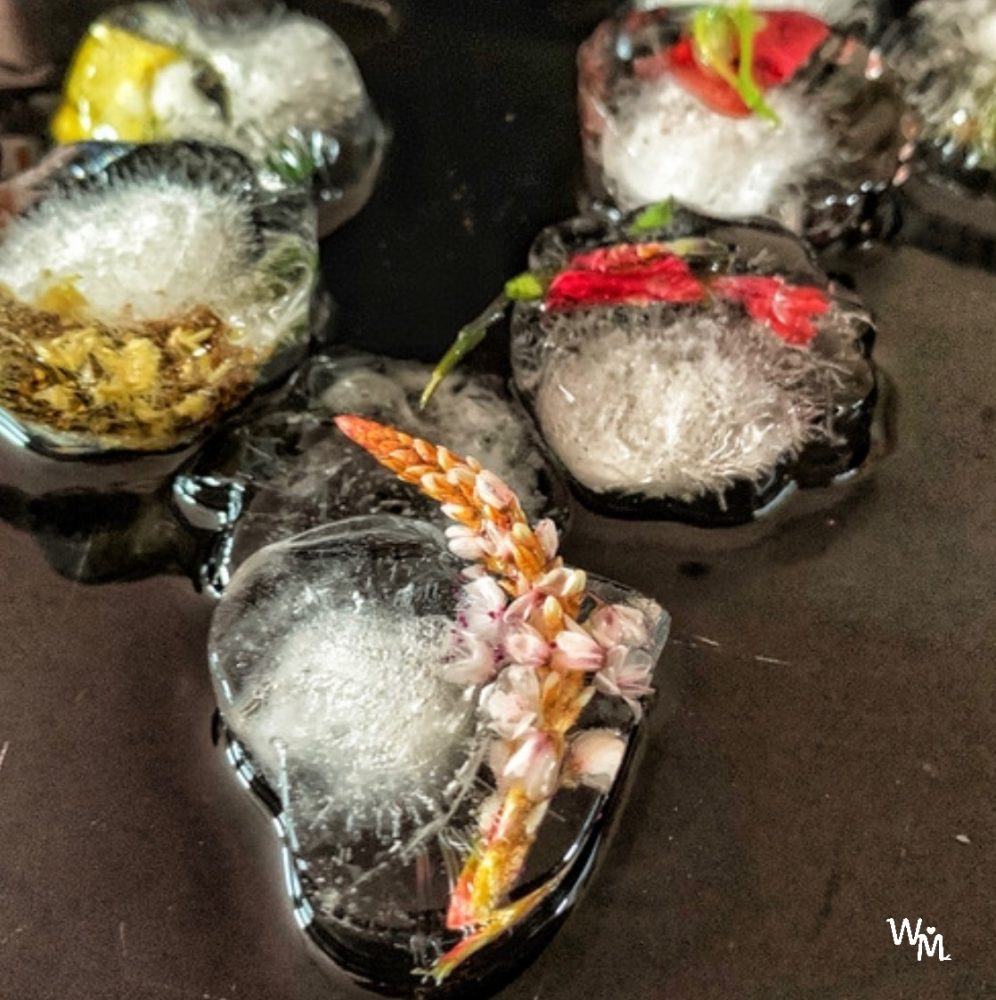
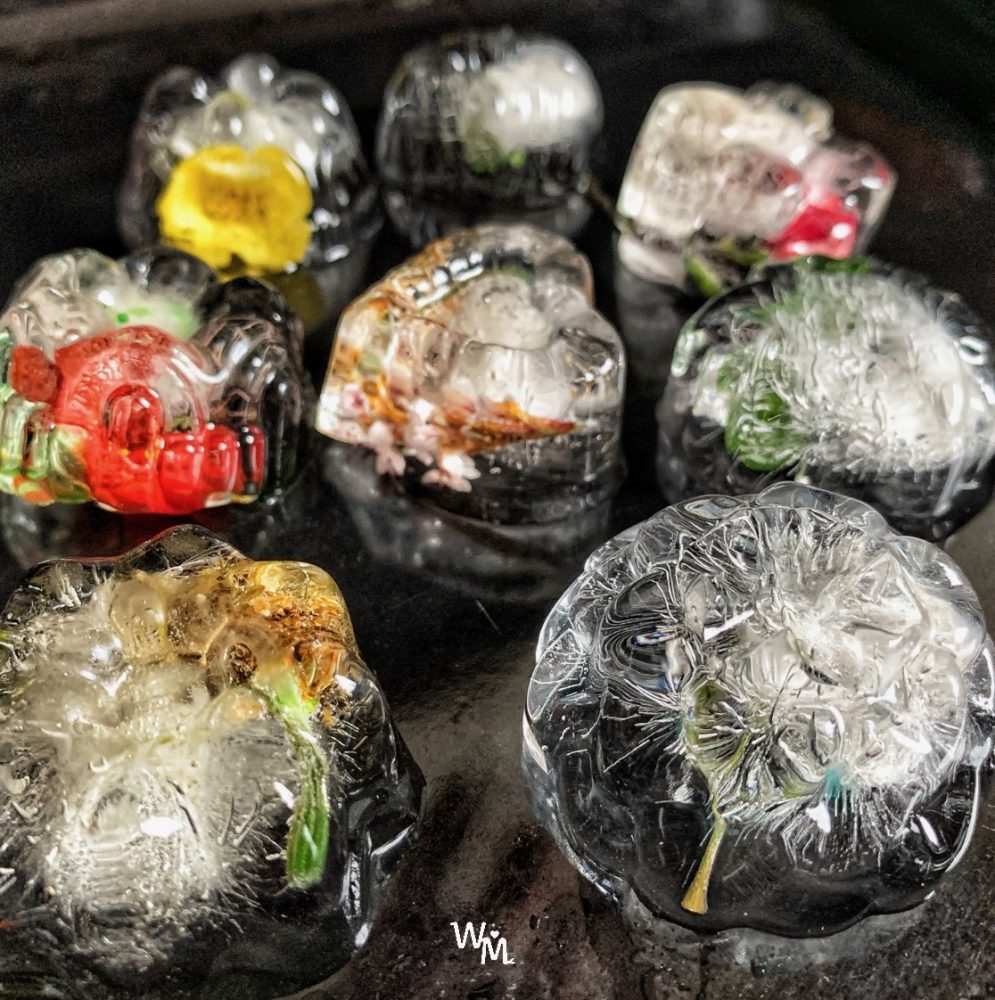
EXPERIMENT RESULTS
That’s what our experiment looks like in minutes.
- Ice melting time in the pan on the stove – 8 minutes;
- Ice melting time in the bowl in the living room (the icewith the food coloring) – 22 minutes;
- Ice melting time in the bowl in the living room (the ice with the blossoms inside) – 43 minutes;
- Ice melting time in the bowl in the fridge – 1 hour and 11 minutes.
The little one was running around in excitement with a watch in her hands checking what was happening with the ice. She was helping me to record all data in my notebook and was proud to tell her dad what she has just witnessed. Besides being fun, it was quite educational for her as she learned interesting facts about the different aggregate states of the water. The idea of food coloring was also good as it is harmless for the child and they can lick and eat the ice cubes if they will.
ХХХ
The Mermaid
